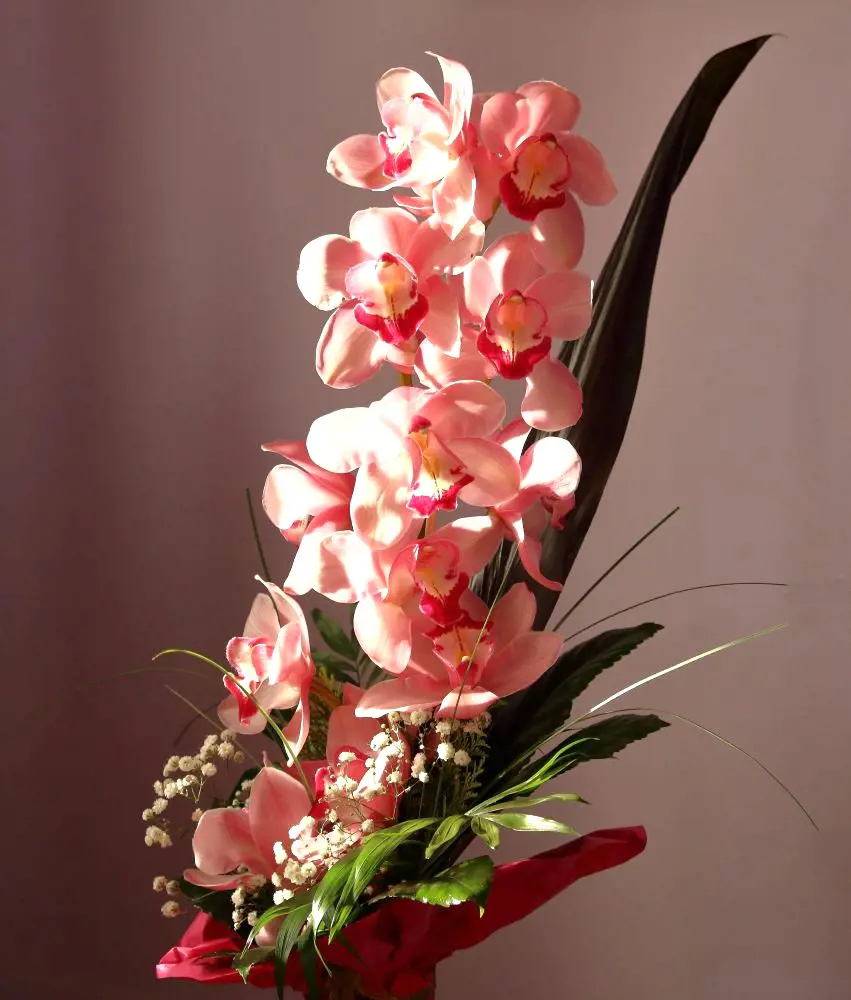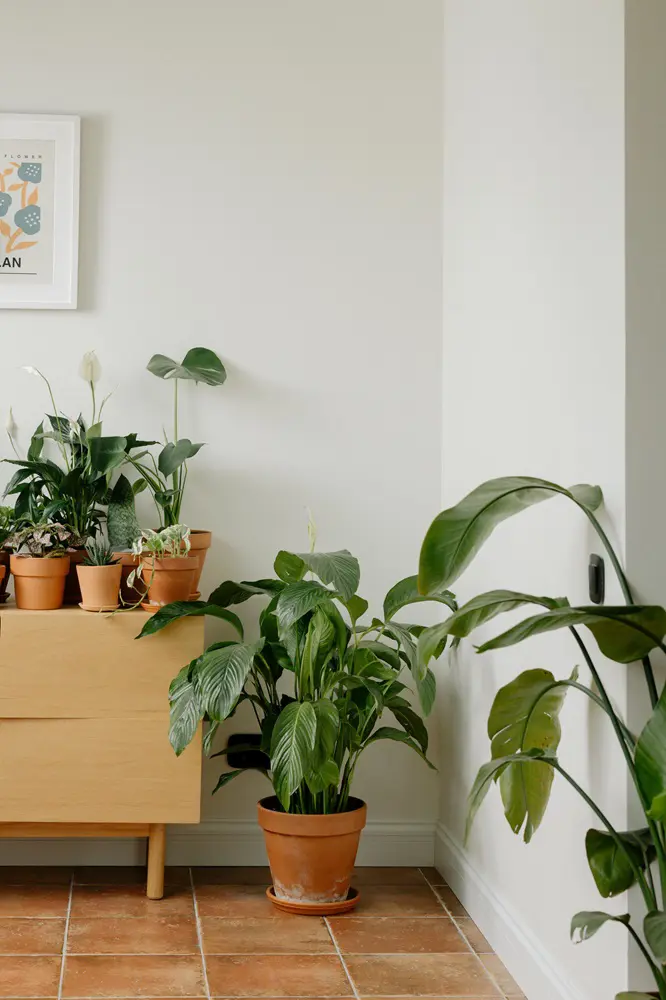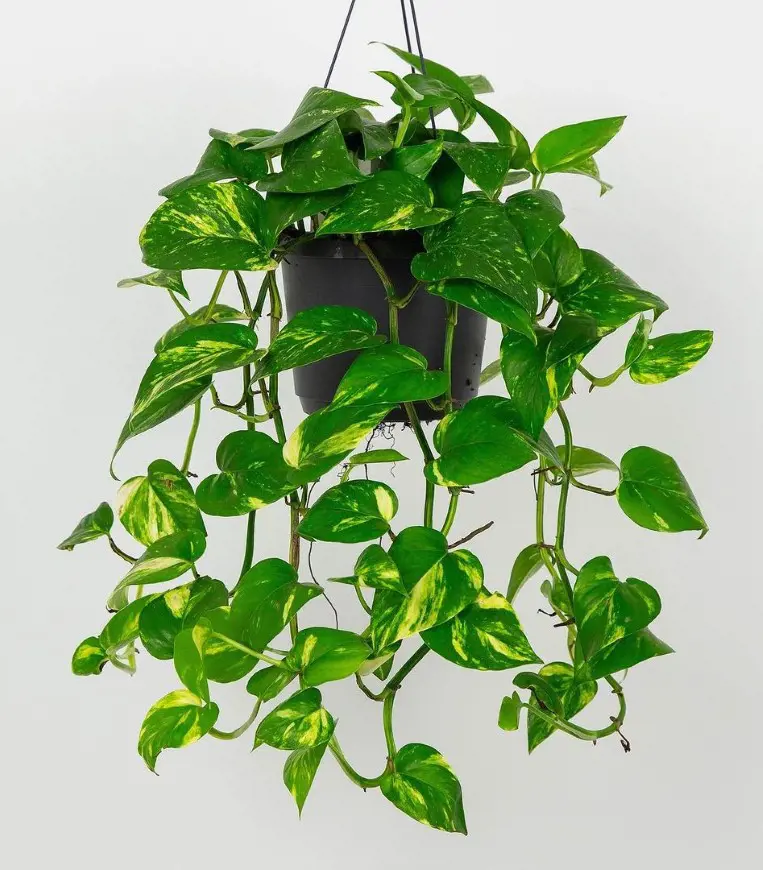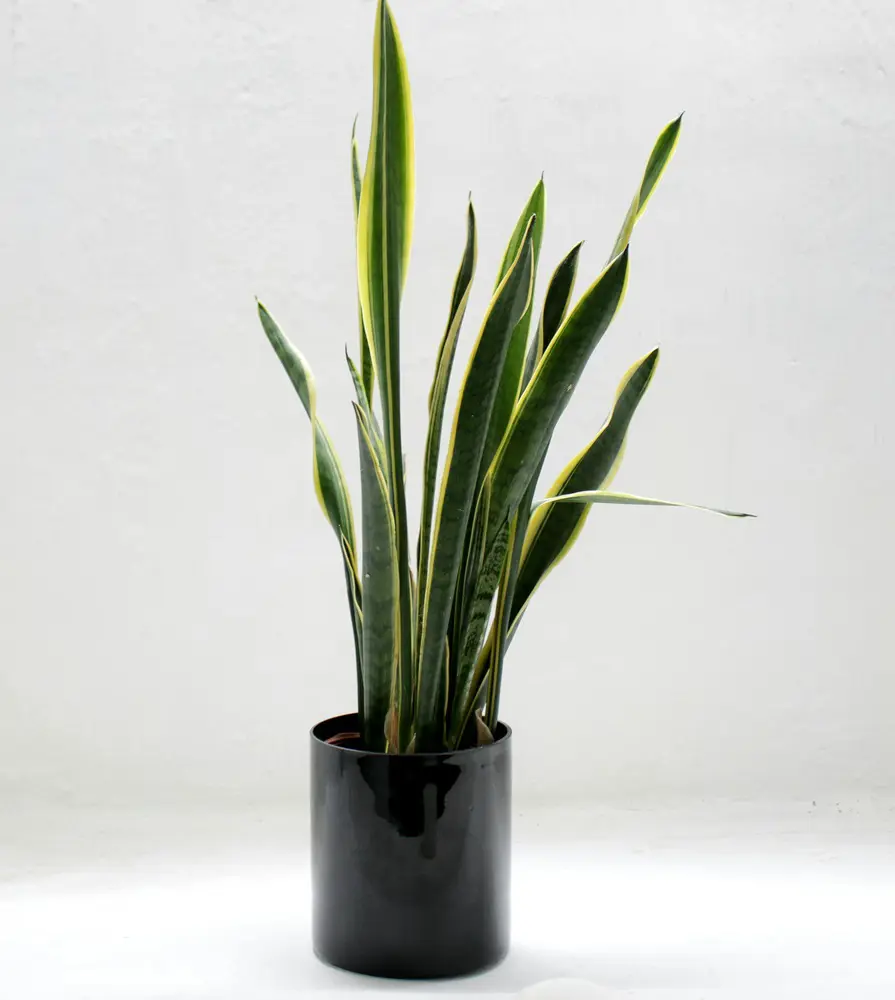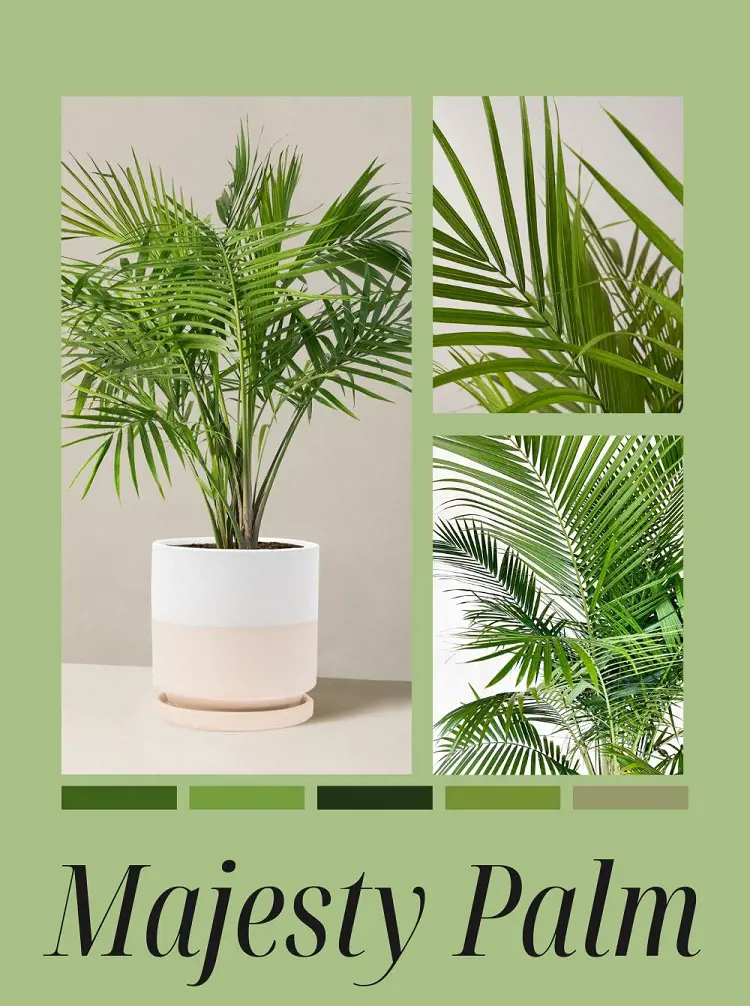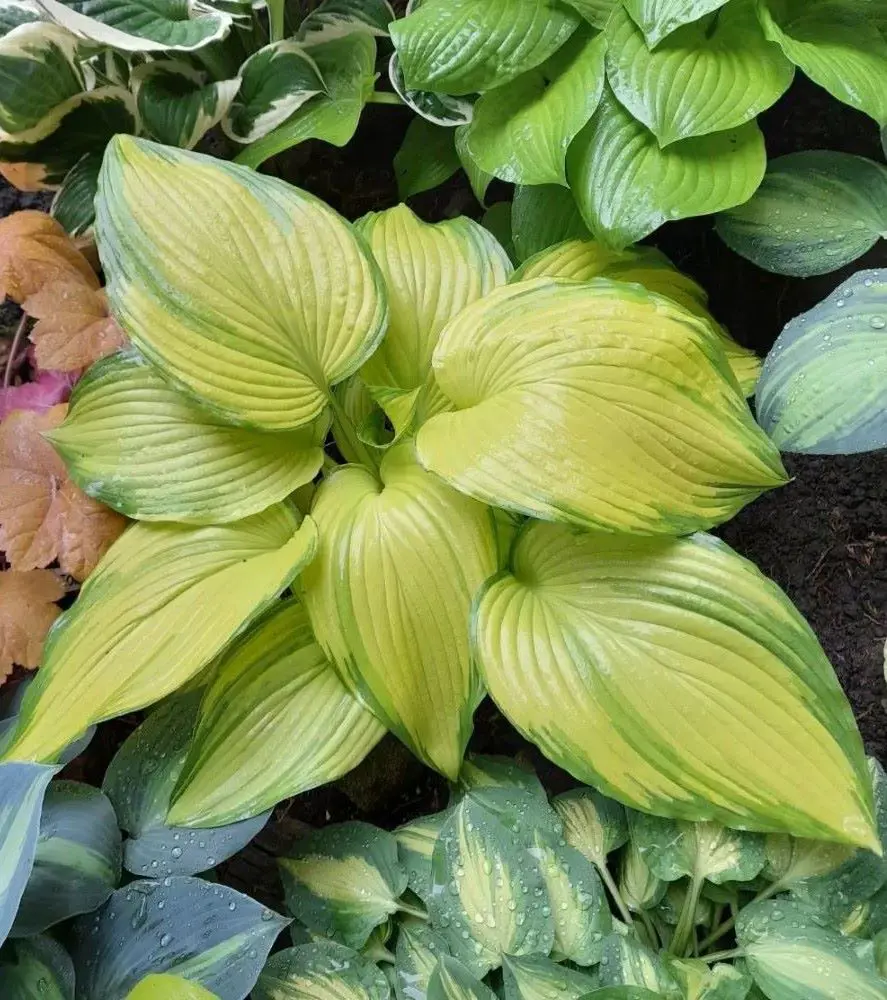How To Care For Dracaena Plant Indoors
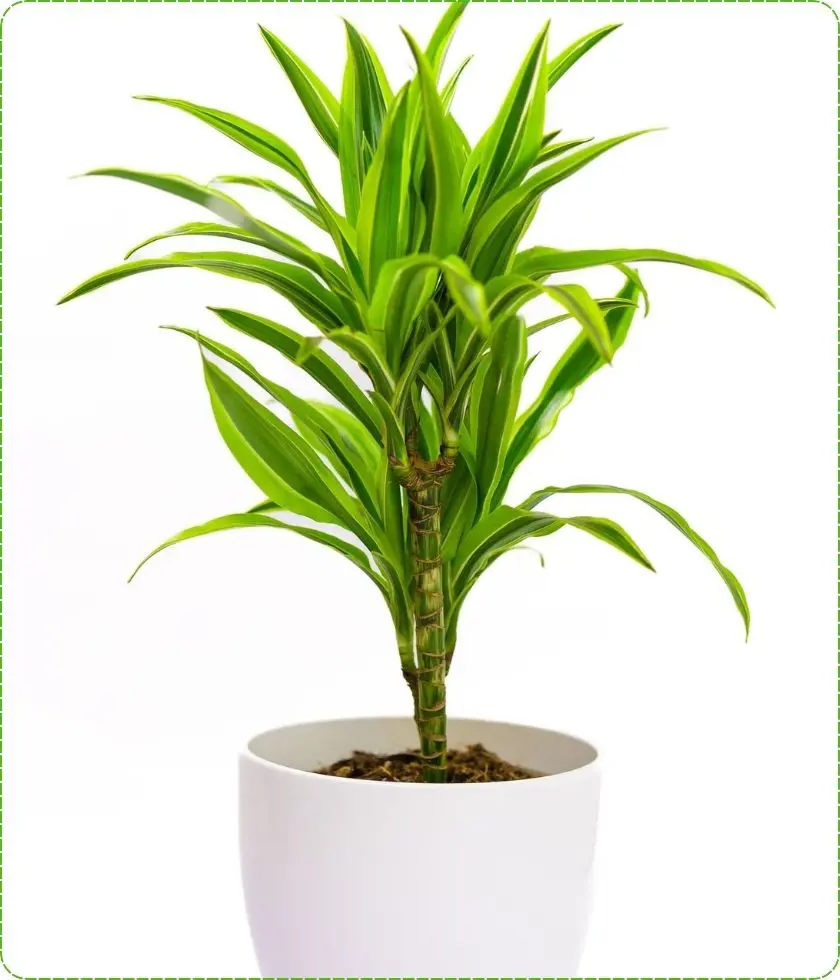
This post may contain affiliate links. If you make a purchase through links on our site, we may earn a commission.
Dracaena plants, with over 100 tree and succulent shrub species, are native to Africa and Asia. Renowned for their alluring foliage and low maintenance, these plants are favored for indoor cultivation due to their tolerance for low light and dry air.
These plants are also prized for their air-purifying qualities, making them a valuable asset to any indoor space.
Dracaena Plant Care
Indoor dracaena is very easy to care for, requiring just bright light and well-draining soil. This plant prefers average room temperature and higher humidity, making it suitable for various indoor environments. Due to its adaptability to low-light conditions, this plant is perfect for living rooms and bedrooms. Plus, it is considered one of the best bedroom plants for oxygen and air purification.
Here are the primary care requirements for growing a dracaena indoors.
- Avoid placing your dracaena in prolonged direct sunlight or very low light.
- Do not use cold water during winter, as it can shock the plant.
- Feed the plant once a month with a water-soluble houseplant fertilizer.
- Employ a container with proper drainage holes.
Planting Location

Find a spot that receives indirect sunlight, preferably in the morning rather than the harsh afternoon sun. The intense noon sun can scorch the leaves, causing damage and hindering growth. Ensure the soil is well-draining and slightly acidic, with a pH ranging from 6.0 to 6.5. These conditions create the perfect environment for your indoor dracaena to flourish.
Soil
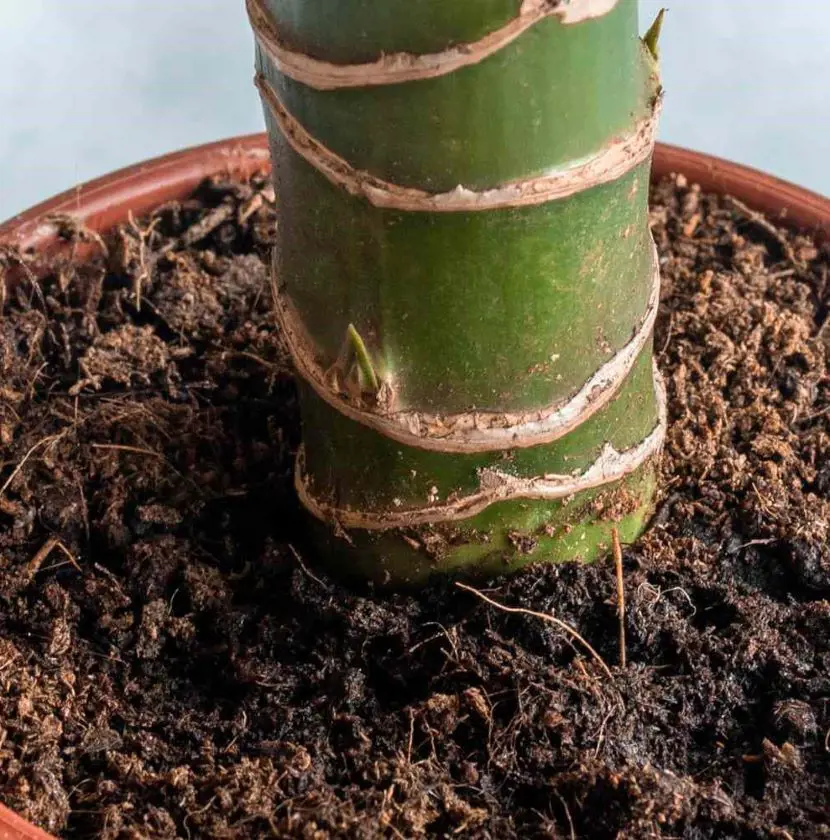
Dracaenas thrive in well-draining soil, ideally composed of a mixture of peat moss, perlite, and vermiculite. It's also beneficial to include nutrient-rich soil with organic matter, such as compost or worm castings.
You can opt for a commercial potting mix or create your own blend using equal parts of perlite, peat moss, and bark. However, it's vital to ensure that the soil is pH-balanced, light, airy, and sterilized to prevent the growth of harmful bacteria and fungi.
Water Wisely
When caring for dracaena plants, it's important to monitor soil moisture regularly. Let the top inch of soil dry out before giving them a drink. You can check by sticking your finger into the soil. If it feels dry, it's time to water.
However, be careful not to overwater, as these plants are prone to root rot. Make sure the pot has good drainage, and after watering, empty the saucer under the pot to prevent water from accumulating.
Temperature And Humidity
Dracaena plants like to be in a cozy environment with temperatures ranging from 65 to 80°F. They are quite okay with normal indoor humidity, but if your home is a bit dry, it might be nice to give them a little mist every now and then.
Think of it like a refreshing shower for your plant! This helps them feel more at home. So, keep the room temperature comfy, and if your place is feeling a bit dry, just spritz some water around to keep your dracaena healthy.
Use fertilizer
Use a well-balanced liquid fertilizer throughout its active growth period, especially in spring and summer. This helps provide essential nutrients for its development. In the fall and winter, when the plant enters a dormant phase, it's advisable to halt fertilization since the plant is not actively growing during this time.
Choose a well-balanced liquid fertilizer with equal ratios of nitrogen, phosphorus, and potassium. Dilute the fertilizer according to the package instructions and apply it to the soil every two to four weeks. Ensure thorough watering afterward to help the plant absorb the nutrients effectively.
Pruning
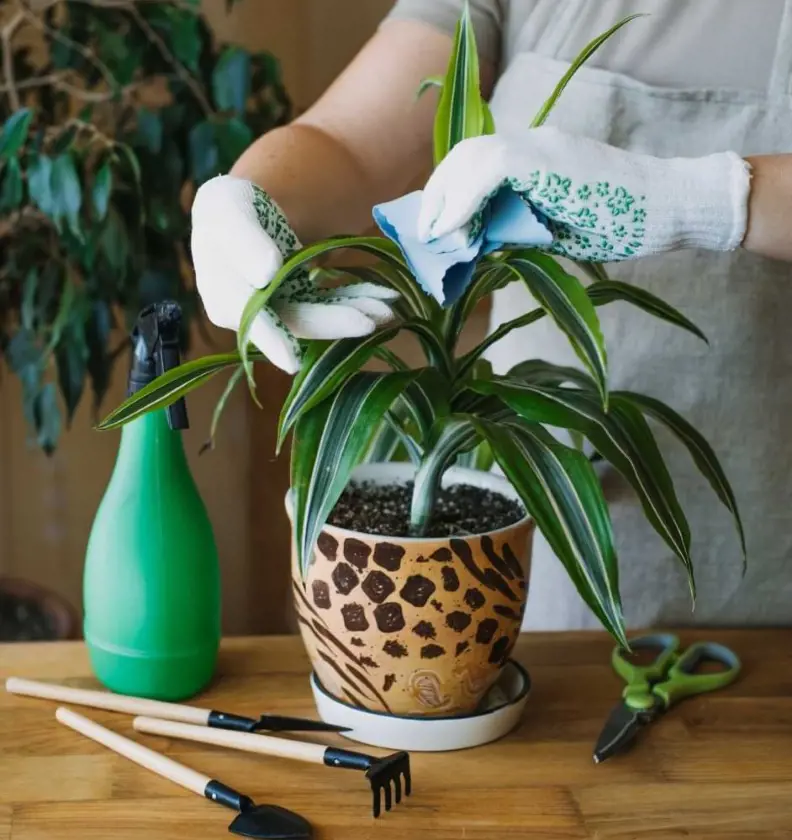
When you notice leaves turning brown or yellow, it's time to trim your dracaena. Use clean, sharp pruning shears, and make cuts just above a node. If you want to reduce its height, trim the tops of the leaves to the desired height. Cut at an angle to maintain a natural shape.
Before pruning, thoroughly inspect your plant. Some stems may have become too tall or leggy, so trim them back to your preferred size by cutting just above a leaf node or joint. This will foster new growth for your plant.
Repotting

When your indoor dracaena outgrows its current container or the soil becomes compacted, change its container. Do this every 3 to 5 years. Repotting helps the roots spread out, supports unhindered growth, and reduces the risk of issues such as stunted growth or root rot.
Select a well-draining soil mix and a pot that is 2 to 4 inches larger in diameter to support optimal growth. Terracotta pots, in particular, are beneficial as they enhance drainage and prevent overwatering.
Pest Management
Be vigilant for common pests such as spider mites, mealybugs, and scale, as they can be detrimental to plant health by feeding on its sap, weakening the foliage, and transmitting diseases.
To address this issue, regularly wipe the leaves with a damp cloth, removing all dust from the plant. Dust can attract and harbor pests, making the plant susceptible to infections.
Rotate Your Plant Regularly
Give your dracaena plant a gentle spin regularly to ensure that every part receives its fair share of sunlight. This practice helps the plant grow evenly from all sides, preventing one side from growing too much while the other stays small.
Plants are like sunshine seekers, and by rotating them, you become their personal sunlight distributor. This way, they can stretch and flourish, reaching for sunlight from different angles. Just remember, regularly spinning your indoor dracaena contributes significantly to its balanced and happy growth.
Propagation Of Dracaena Plant
You can propagate a dracaena plant through three methods: air layering, rooting in soil, and rooting in water. Among these methods, air layering is considered one of the easiest and is particularly effective for larger plants. Alternatively, you can also grow new dragon plants by taking stem cuttings from the top or the stem of the plant.
Propagation through air layering
- Make a small incision on the stem and apply the rooting hormone.
- Wrap the incision with damp sphagnum moss and cover it with plastic wrap.
- Wait for roots to form, then cut the stem below the new root ball.
- Plant the rooted cutting in a new pot with well-draining soil.
- Care for the new plant by providing adequate light and water.
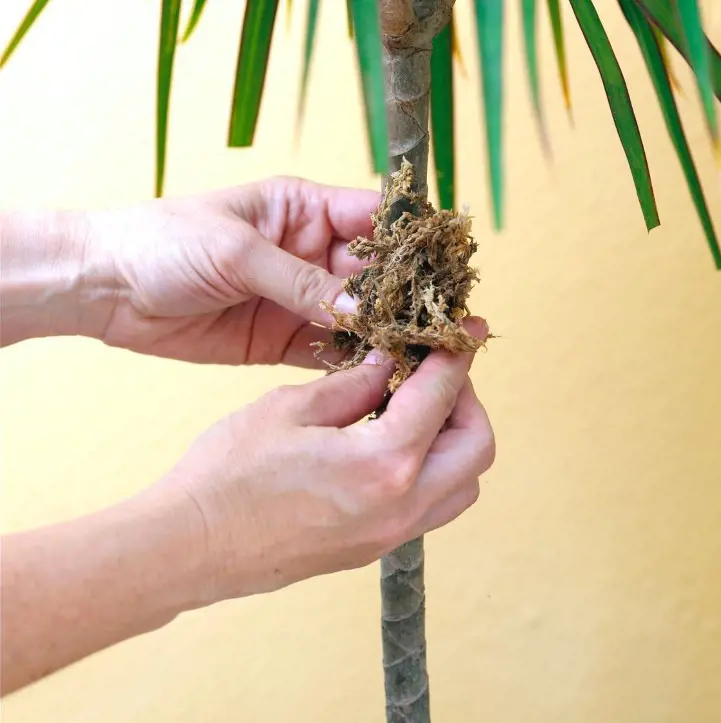
Propagation through stem-cutting
- Cut the stem into 20-30cm sections, marking both the base and top of each section.
- Place the base of each section in water or moist soil, and check for root development.
- Include several nodes of the plant's stem when planting in soil.
- Once rooted, pot each cutting in a container with moist soil and place it in indirect light.
- Leave the stems to develop shoots and form bushy new plants.
Indoor Dracaena Varieties To Grow
There are many varieties of dracaena plants suitable for indoor cultivation, each with its unique characteristics. Among them, Warneckii dracaena stands out with its slender leaves adorned with white edges, the corn plant features broad green leaves, and the compact dragon tree showcases compact, dark green foliage.
All of these indoor dragon varieties are favored for their resilience in low light conditions and adaptability to dry indoor air. Choose the right dracaena variety to add a touch of nature to your indoor space.
Here are some indoor Dracaena varieties that you can grow indoors.
Corn Plant
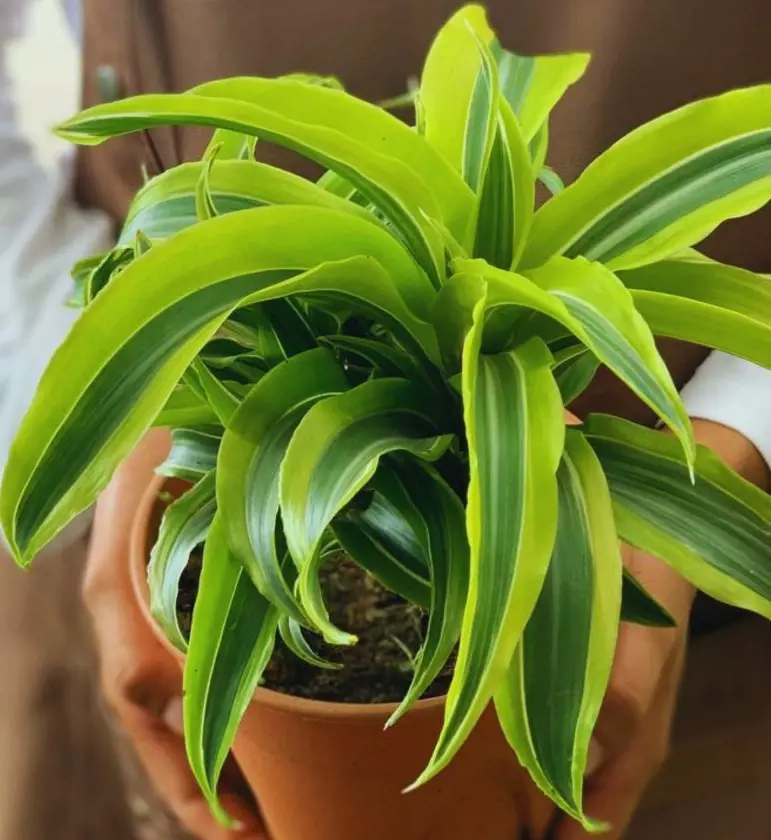
This popular houseplant is known for its broad, sword-like leaves with vibrant yellow edges. It can grow up to an impressive 6 feet tall, adding a touch of tropical elegance to any room.
This plant prospers in indirect sunlight and prefers well-draining soil. Water it deeply when the top inch of soil feels dry, and avoid overwatering as this can lead to root rot. With its air-purifying properties and low-maintenance nature, the corn Plant is a perfect choice for both seasoned plant enthusiasts and beginners alike.
Janet Craig

This bushy beauty features glossy, deep green leaves that create a lush and vibrant atmosphere. It can reach up to 8 feet in height, making it a statement piece in any living space. Janet craig prefers medium to bright, indirect light and enjoys evenly moist soil.
Water it when the top few inches of soil feel dry, and don't forget to mist its leaves occasionally to increase humidity. This easy-going plant is tolerant of neglect, making it a great option for forgetful plant owners.
Warneckii Dracaena
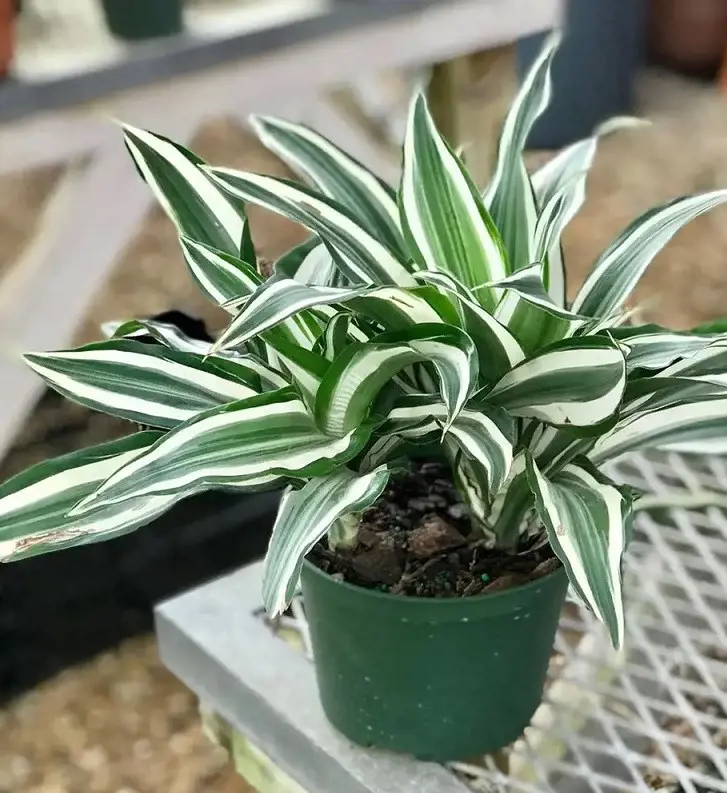
This graceful variety boasts narrow, emerald green leaves adorned with elegant stripes of creamy white. It can grow up to 5 feet tall, adding a touch of sophistication to your indoor jungle. The warneckii dracaena flourishes in bright light and appreciates well-draining soil.
Water this plant thoroughly when the top inch of soil feels dry, and allow excess water to drain to prevent root problems. This air-purifying gem is known for its resilience, making it a popular choice for busy plant parents.
Lemon Lime Dracaena

This vibrant variety is sure to brighten up your space with its cheerful lime green foliage edged in emerald green. It can grow up to 4 feet tall, bringing a burst of sunshine indoors.
Water it deeply when the top inch of soil feels dry, and avoid overwatering to prevent root rot. This low-maintenance plant is known for its air-purifying abilities and cheerful disposition, making it a perfect addition to any home.
Song of India

This compact charmer features narrow, arching leaves striped in vibrant shades of yellow, white, or green. It can reach up to 3 feet tall, adding a touch of whimsy to your indoor garden. This plant prefers bright, indirect light and enjoys evenly moist soil. Water it when the top few inches of soil feel dry, and mist its leaves occasionally to increase humidity.
Recent posts
Plant Care
Plant Care
How To Take Care Of An Orchid Plant? 11 Tips And Tricks
If you love gorgeous orchids but are worried they're too high-maintenance, don't worry. This guide is like a cheat sheet for orchid newbies. Forget fancy words and confusing schedules — we're talking about how to take care of an orchid pla...
Plant Care
How To Grow and Care For Peace Lily Plant
The Peace Lily is an indoor plant that is most valued for its beautiful and shiny green leaves as well as the white blooms. Hard and tolerant, it’s naturally a low-maintenance addition to your plant collection. If you are confused, let us tell ...
Plant Care
Pothos Plant Care And Growing Guide
Adding a Pothos plant (Devil’s Ivy) to your home benefits the environment and aesthetic of your personal space. It's easy to maintain and is loved for it's ability to enhance indoor air quality by removing toxins like formaldehyde, benzene, and...
Plant Care
Snake Plant Care and Growing Guide
Snake plants require low maintenance, and low light and are almost impossible to kill, making them a perfect plant for beginners and seasoned gardeners. In this guide, we will explore essential care tips and optimal growing conditions for snake plant...
Plant Care
How To Plant, Grow and Care Majesty Palm
The majestic palm, scientifically known as Ravenea rivularis, makes for a stunning indoor tree with its lush and grand fronds. Originating from Madagascar's river banks, this resilient houseplant is cherished not only for its beauty but also for its ...
Plant Care
How To Grow And Care For A Hosta Plant
Hosta plants are widespread perennials, often grown for their beautiful and diverse foliage. They are extremely easy to care for and can thrive in various conditions, particularly shade or semi-shade. These hardy plants can last for many years and re...
